 Shutterstock
Shutterstock
Some dogs are surprisingly afraid of hardwood floors, making a simple activity like walking across the room a nerve-wracking ordeal. This fear can confuse pet owners, especially when their dogs seem perfectly comfortable in other areas of the house. Hardwood floors pose a unique challenge for some dogs due to their slippery surface, strange texture, and the unfamiliar sounds they produce when stepped on. This flooring can present various physical and psychological challenges for dogs that lead to avoidance or fear.
Lack of Traction
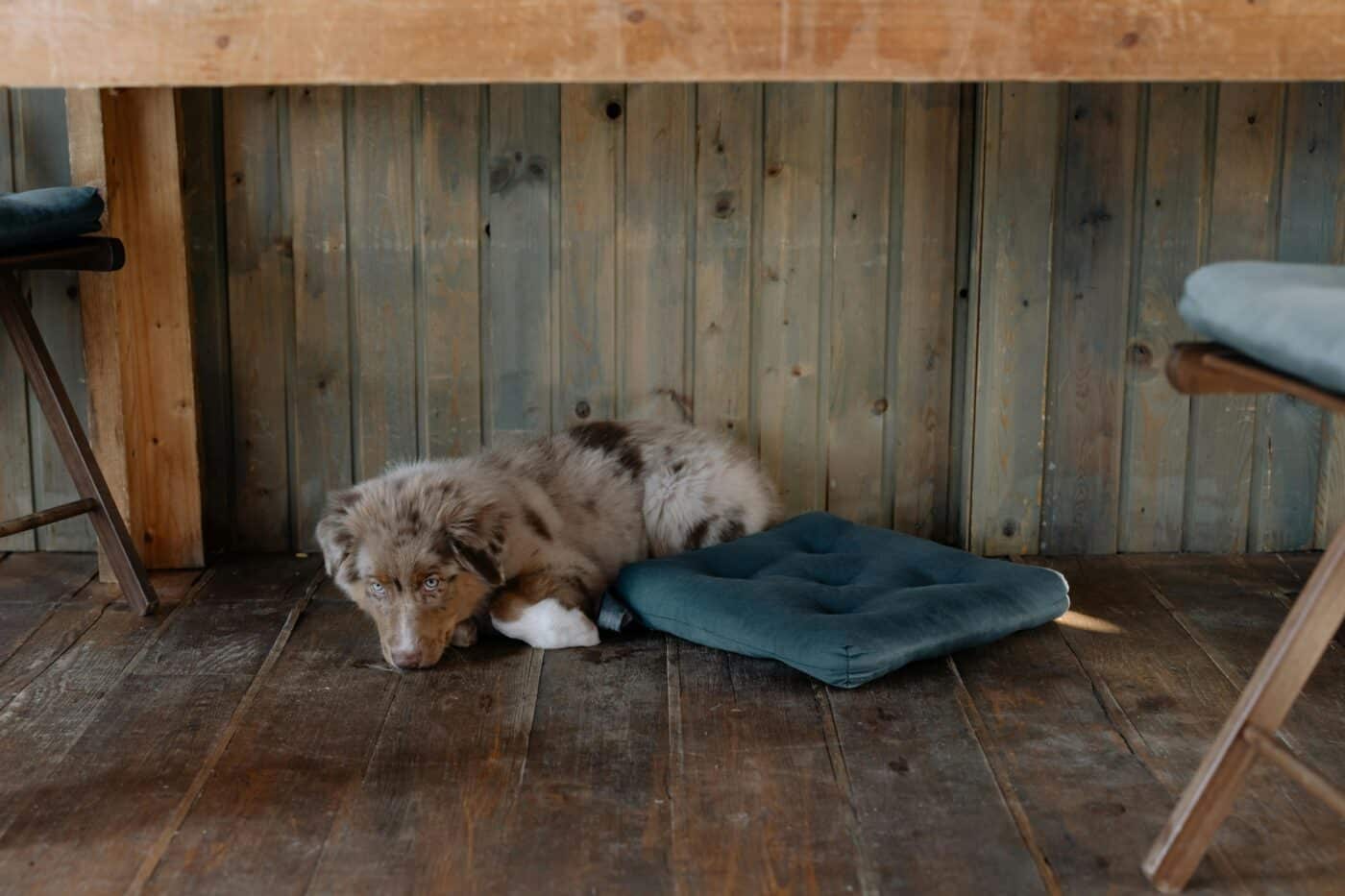 Shutterstock
Shutterstock
One of the most common reasons dogs fear hardwood floors is the lack of traction they provide. Hardwood floors can be slippery, especially for dogs with long nails or less flexible joints. When dogs try to walk on these surfaces, they may feel unsteady and unable to gain proper footing, which can be frightening. Dogs that experience slipping and sliding are more likely to develop anxiety about crossing these floors, as the sensation of instability can make them feel vulnerable. This fear can lead to hesitancy or outright refusal to walk on hardwood floors.
Previous Negative Experience
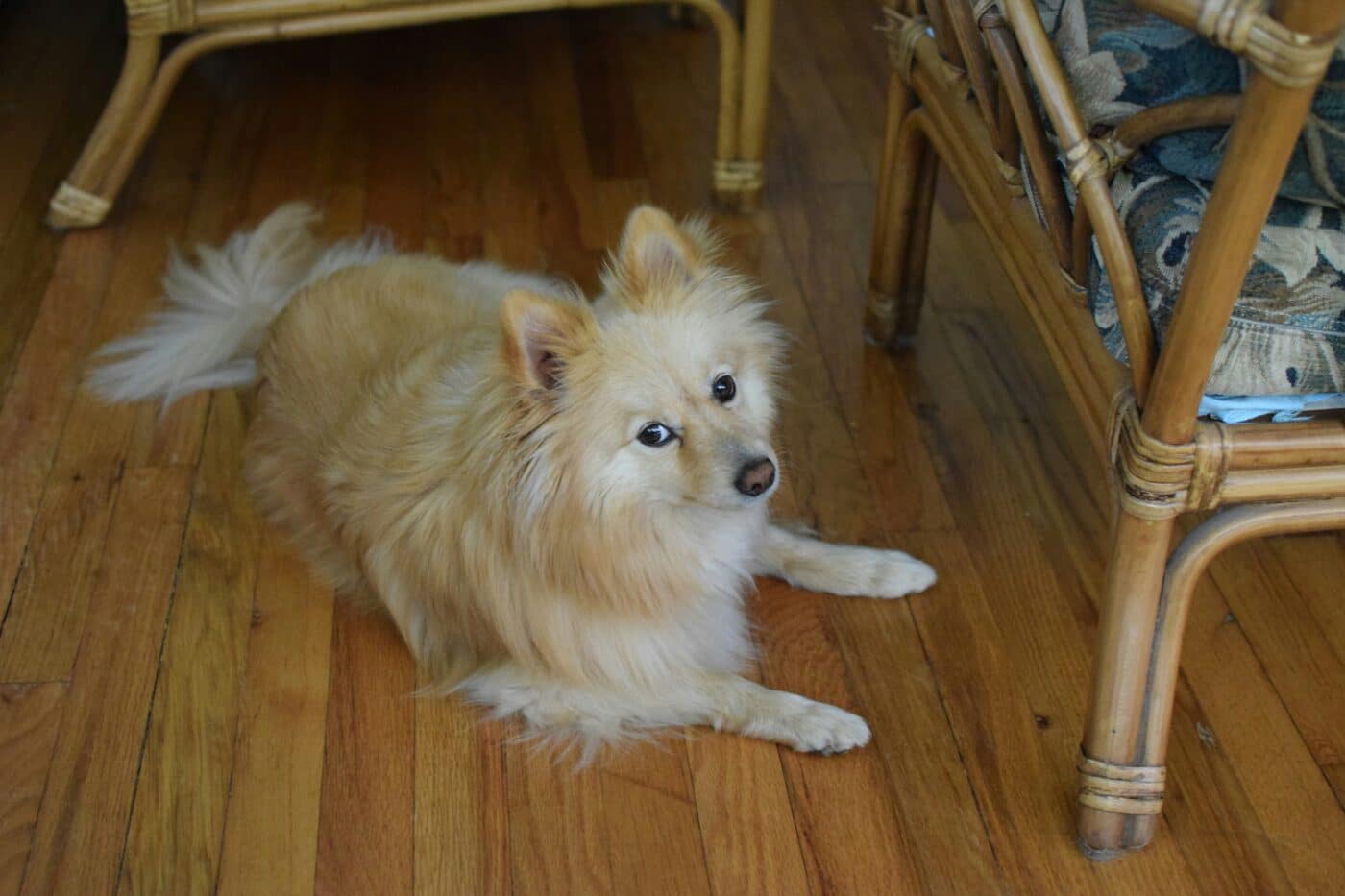 Shutterstock
Shutterstock
For some dogs, a previous negative experience on a hardwood floor may have created a lasting fear. If a dog has ever slipped, fallen, or felt insecure while walking on this surface, they might develop a fear of repeating that experience. Dogs have strong associative memories, and a bad experience can lead to long-term avoidance. Every time they see a hardwood floor, they may recall that scary moment, leading to anxiety or a refusal to cross the floor altogether.
Sensory Overload
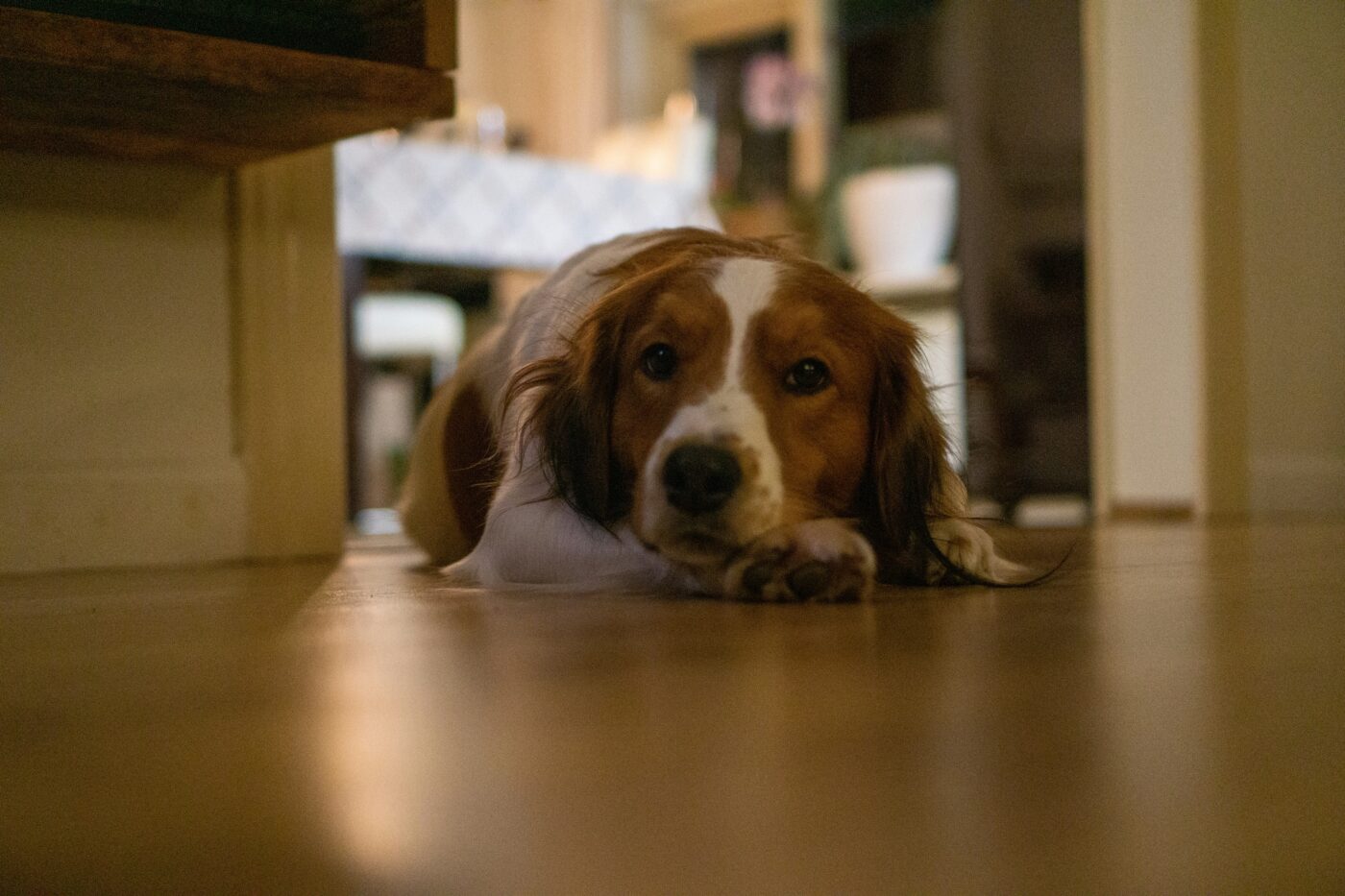 Shutterstock
Shutterstock
Dogs process the world differently than humans, with heightened senses of smell, hearing, and touch. Hardwood floors create sensory experiences that can overwhelm some dogs. For example, their nails tapping on the wood can be unsettling, especially for dogs sensitive to noise. The cold, hard surface of the floor may also feel strange and uncomfortable on their paws, adding to their anxiety. For dogs sensitive to sensory input, these unfamiliar stimuli can cause them to fear walking on hardwood floors.
Joint Pain or Arthritis
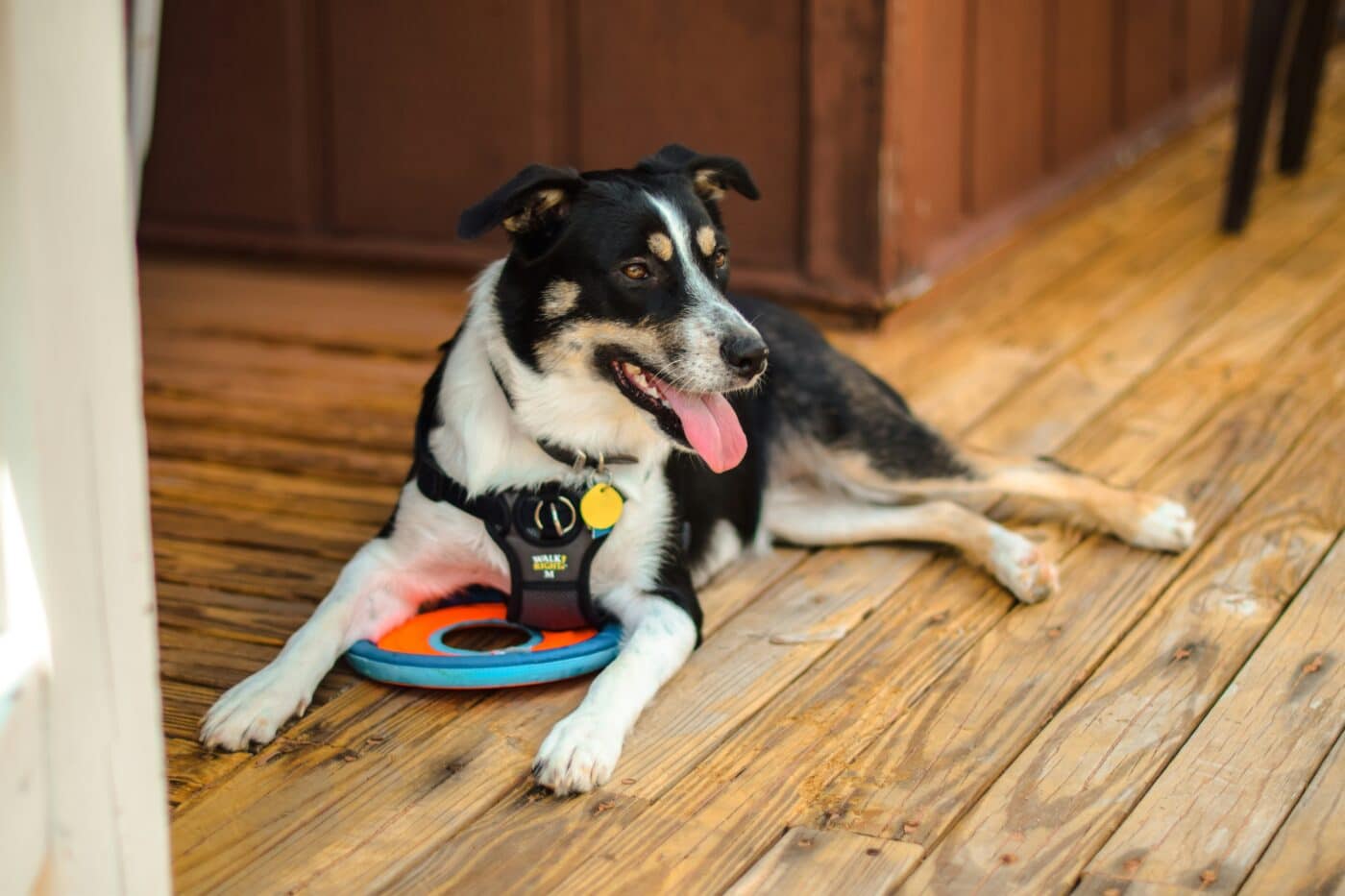 Shutterstock
Shutterstock
Older dogs or dogs with joint issues, such as arthritis or hip dysplasia, may struggle with hardwood floors because of the discomfort caused by walking on a hard, slippery surface. Dogs with joint pain may find it difficult to navigate these floors without slipping, exacerbating their discomfort and leading to a fear of injury. The lack of traction and pain make these dogs particularly wary of hardwood floors, as they associate them with physical discomfort or the risk of falling.
Breed-Specific Traits
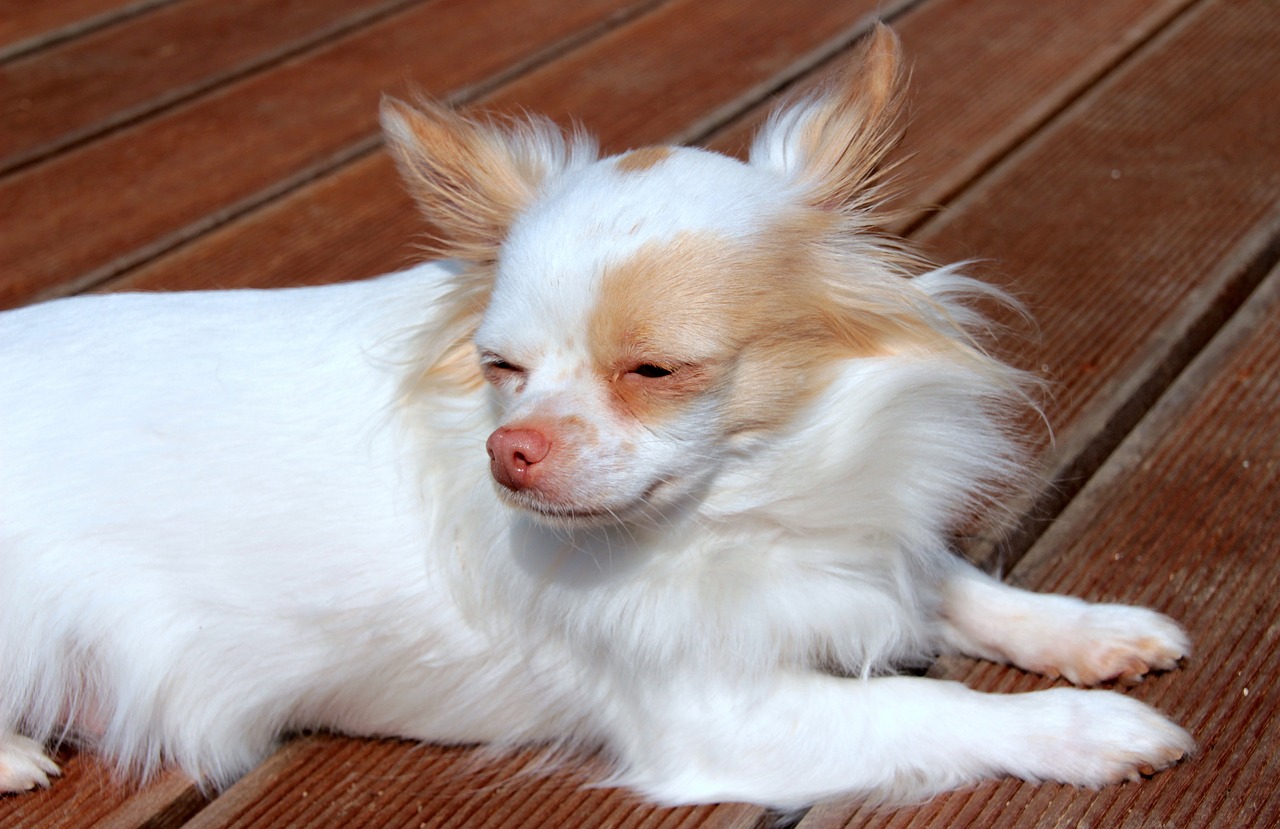 Shutterstock
Shutterstock
Certain breeds are more prone to fear hardwood floors due to their body structure or temperament. For instance, smaller breeds like Chihuahuas or Dachshunds may be more cautious on slick surfaces because of their smaller size and delicate joints. On the other hand, larger breeds with a heavier build, such as Great Danes or Saint Bernards, may struggle with balance and coordination on slippery floors due to their weight. Additionally, some breeds are naturally more anxious or cautious by nature, which can make them more prone to developing fears of unfamiliar surfaces.
Fear of Falling
 Shutterstock
Shutterstock
Just like humans, dogs can develop a fear of falling. If a dog has slipped on a hardwood floor in the past, they may become afraid of falling again. This fear can be particularly strong in older dogs or dogs with poor balance. The risk of falling can make them extremely cautious or even paralyzed with fear when faced with walking on a slick surface. As a result, they may avoid hardwood floors or become visibly distressed when asked to cross them.
Fear of Loud Sounds
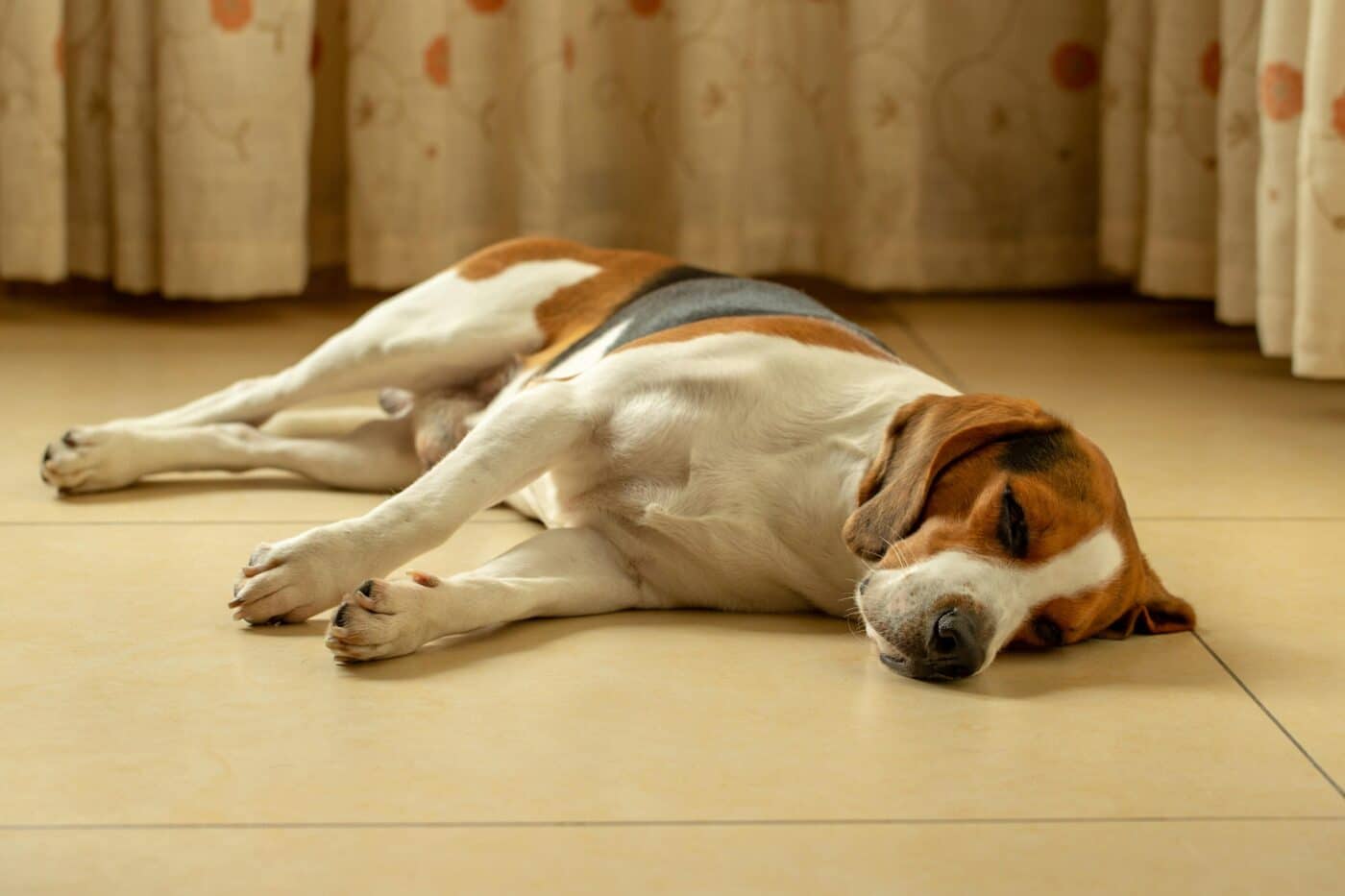 Shutterstock
Shutterstock
Nails tapping on hardwood floors can be startling or distressing for some dogs, especially those sensitive to noise. Dogs with heightened hearing abilities may find the echoing sound of their nails on the floor unsettling, which can lead to anxiety or fear. Sometimes, the noise may be reminiscent of loud sounds that the dog associates with danger or discomfort. For dogs sensitive to sound, hardwood floors can create a noisy environment that triggers their fear.
Changes in Gait and Movement
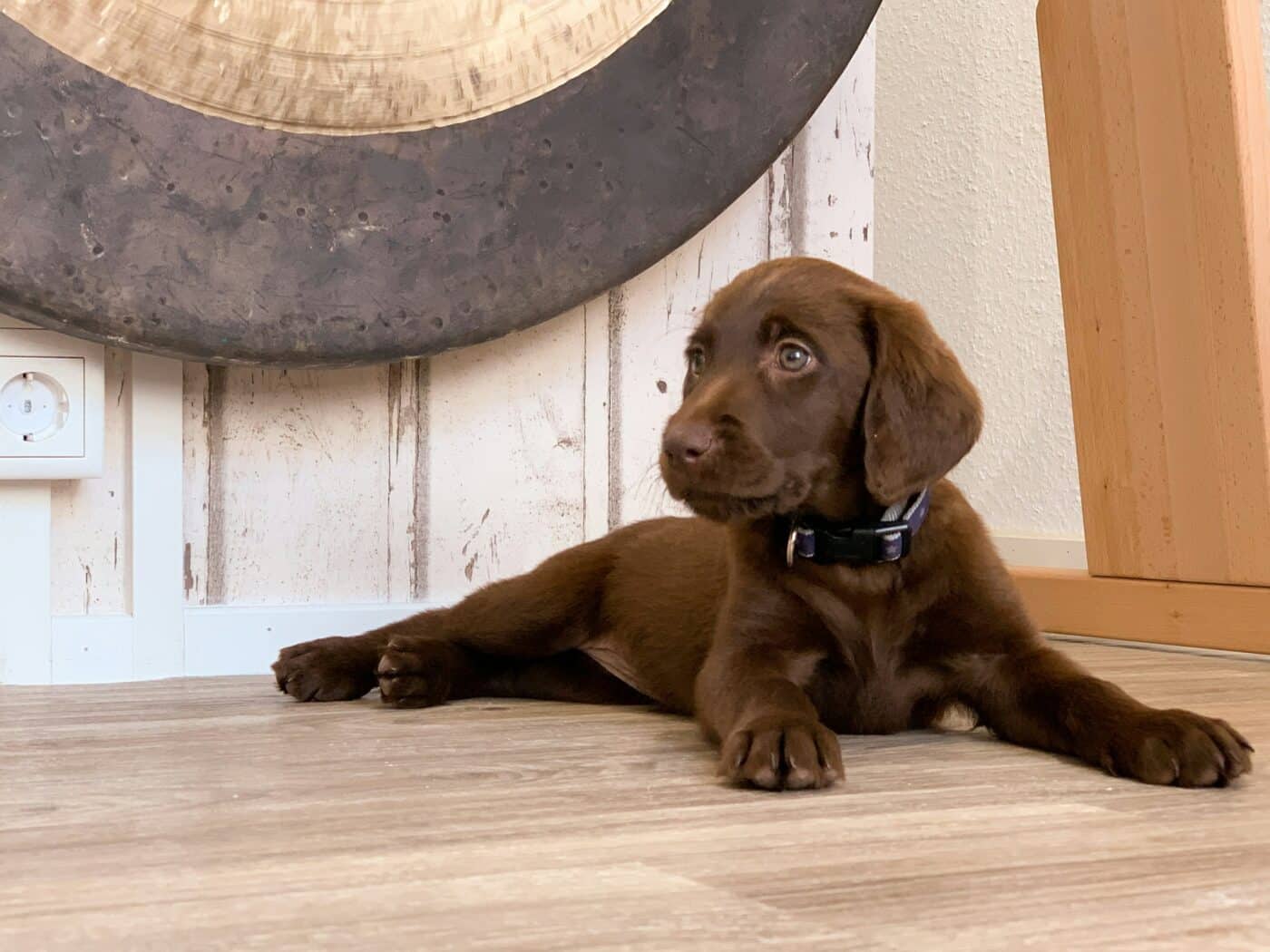 Shutterstock
Shutterstock
Walking on a hardwood floor requires a different gait and movement than on a carpet or soft surface. Dogs must adjust their walk, often splaying their paws wider for better balance. This unfamiliar movement can feel awkward for dogs, leading them to avoid hardwood floors altogether. Dogs that are less agile or coordinated may have difficulty making this adjustment, which can cause them to fear hardwood floors as they associate the surface with clumsiness or instability.
Visual Confusion
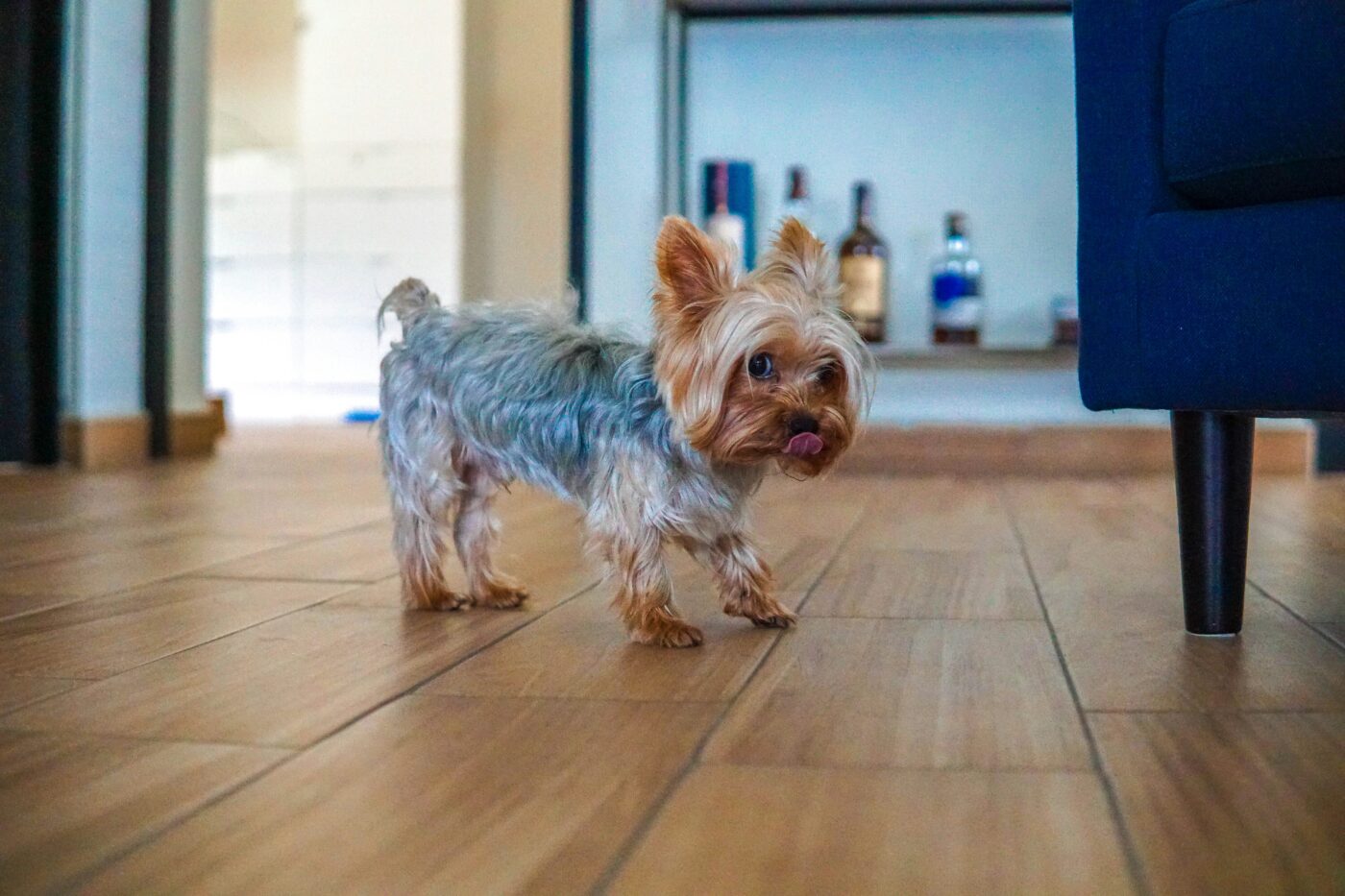 Shutterstock
Shutterstock
Hardwood floors can sometimes create visual confusion for dogs, especially if there are reflections or light spots on the surface. Dogs sensitive to visual stimuli may be confused or startled by the way light reflects off the shiny floor, making it seem like an obstacle in their path. This can cause hesitation, as the dog may be unsure if walking across the floor is safe. This confusion can lead to a fear of hardwood floors for dogs with poor vision or depth perception issues.
Lack of Familiarization with Smooth Surfaces
 Shutterstock
Shutterstock
If a dog hasn’t been exposed to smooth surfaces like hardwood floors during their developmental period, they may find them unfamiliar and unsettling. Dogs primarily raised in homes with carpet or soft flooring may not know how to navigate slick surfaces. When faced with a hardwood floor for the first time, they may be unsure how to walk on it, leading to hesitation or fear. Gradual exposure to hardwood floors can help some dogs overcome this fear by building confidence over time.
Fear of Open Spaces
 Shutterstock
Shutterstock
Hardwood floors are often found in open areas of the home, such as living rooms or hallways. Some dogs may feel insecure in open spaces, especially if they’re used to the cozy, enclosed feeling of smaller rooms or carpeted areas. The openness of the hardwood floor, combined with the lack of traction, can make a dog feel exposed or vulnerable. This can be particularly true for anxious dogs or those who prefer confined comfortable spaces.
Changes in Floor Temperature
 Shutterstock
Shutterstock
Hardwood floors can feel cold to the touch, especially during winter. This temperature change can be unsettling for dogs with sensitive paws or those not used to cold surfaces. Some dogs may avoid hardwood floors simply because the surface feels too cold or uncomfortable under their paws. This discomfort can contribute to a general fear or reluctance to walk across the floor.
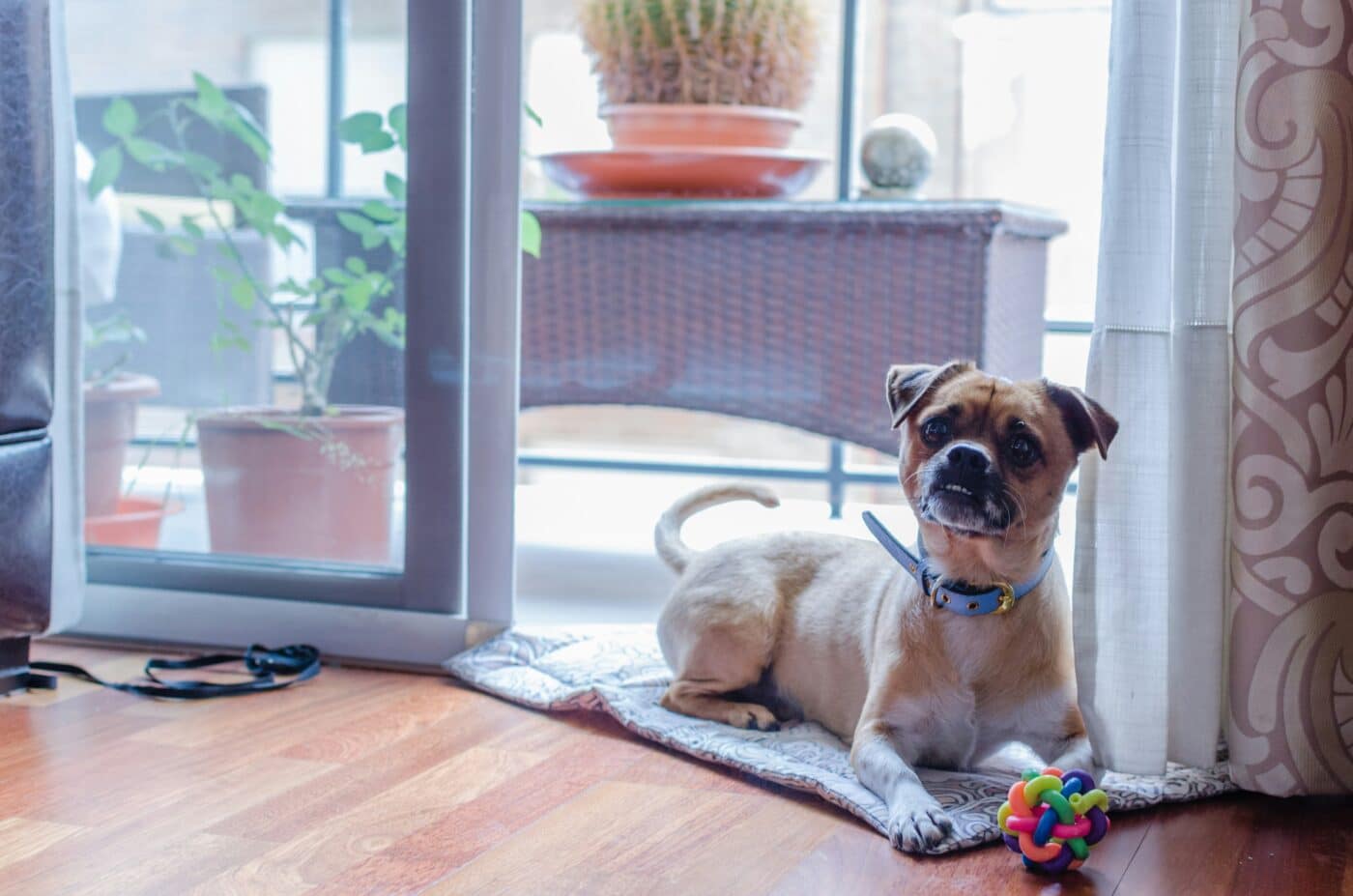 Shutterstock
Shutterstock
If a dog has experienced an injury related to slipping on a hardwood floor, they are likely to develop a fear of these surfaces. Injuries such as pulled muscles, sprains, or bruises caused by slipping can lead to long-term avoidance of hardwood floors. Dogs, like humans, remember painful experiences and may become anxious when faced with the possibility of another slip-related injury. This fear of reinjury can make them extra cautious around hardwood floors, especially if they have pre-existing mobility issues.
Anxiety and Nervousness
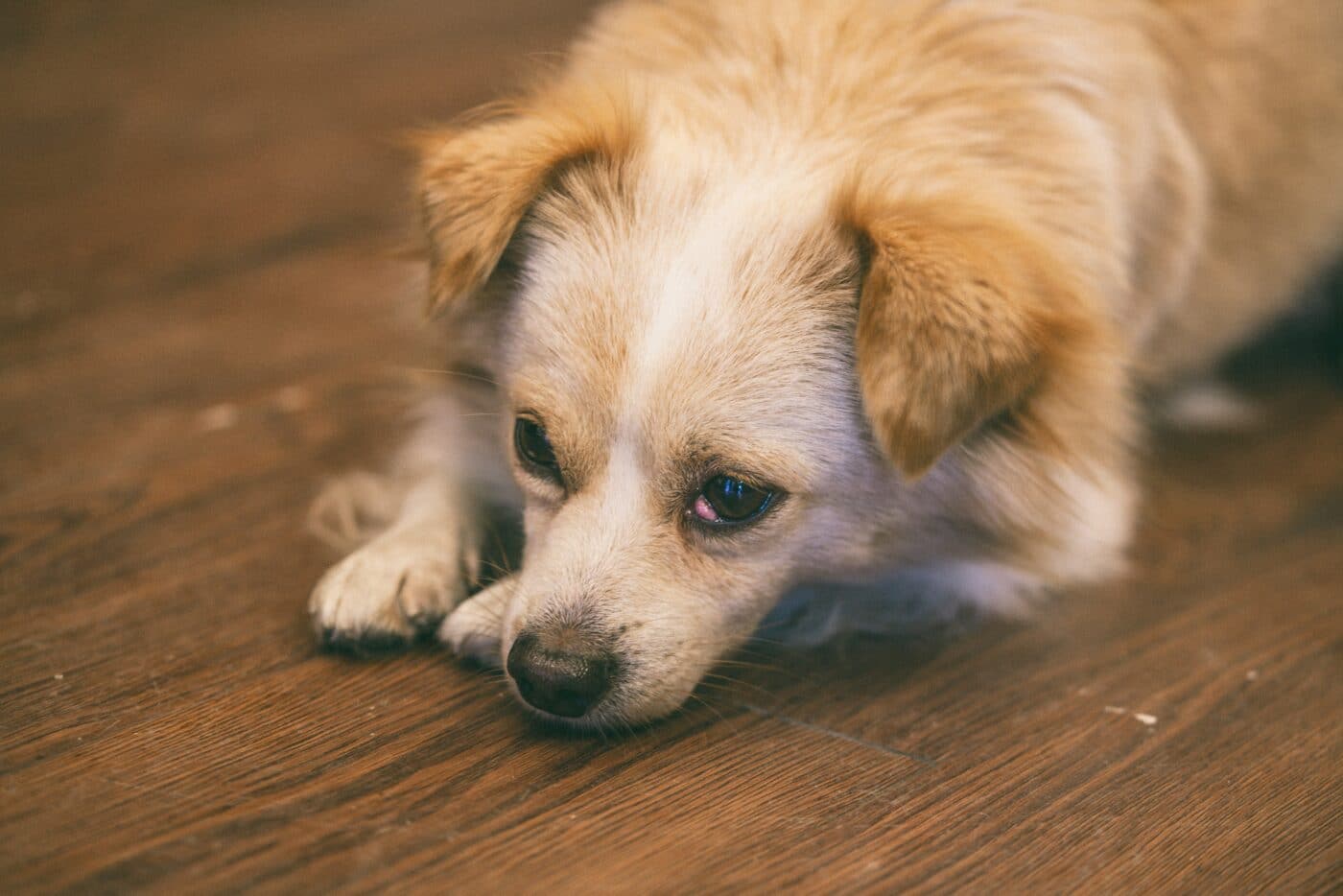 Shutterstock
Shutterstock
Some dogs are naturally more anxious or nervous, and this temperament can make them more prone to fears of new or unfamiliar surfaces, including hardwood floors. Dogs with anxiety may become easily overwhelmed by changes in their environment, and a hardwood floor presents a variety of new stimuli that can trigger their anxiety. Anxious dogs may avoid hardwood floors as part of their general cautious behavior, whether it’s the slippery surface, the cold touch, or the unfamiliar sounds.
Difficulty Navigating Corners
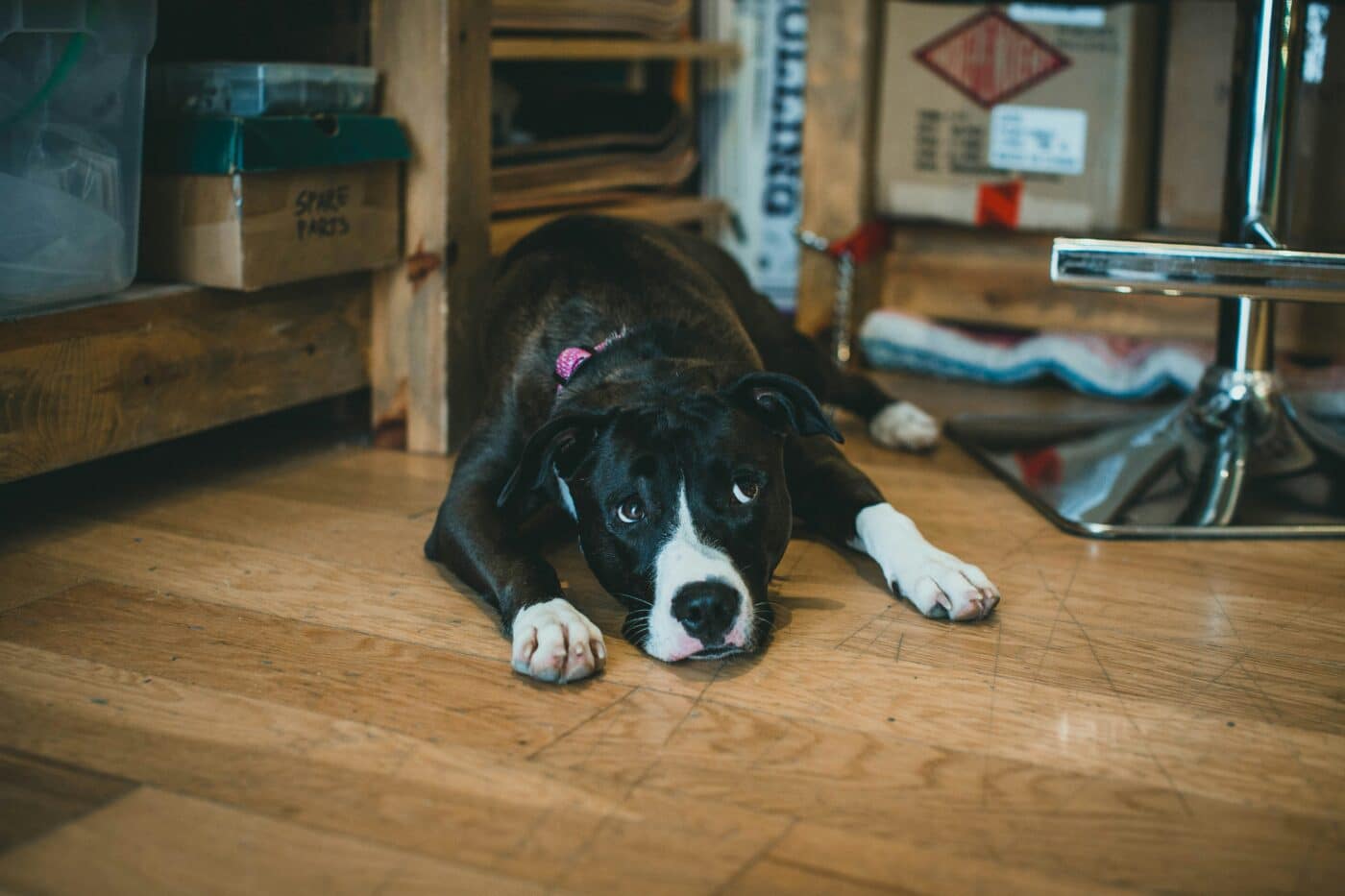 Shutterstock
Shutterstock
Hardwood floors are often laid out in large, open spaces, including corners or turns. Navigating corners on a slippery surface can be particularly challenging for some dogs. The combination of turning quickly while maintaining balance on a slick floor can cause stress or fear. Dogs that struggle with coordination or have balance issues may find these situations especially difficult, leading them to avoid hardwood floors that require them to make sharp turns or navigate tricky areas.
Helping Dogs Overcome Their Fear of Hardwood Floors
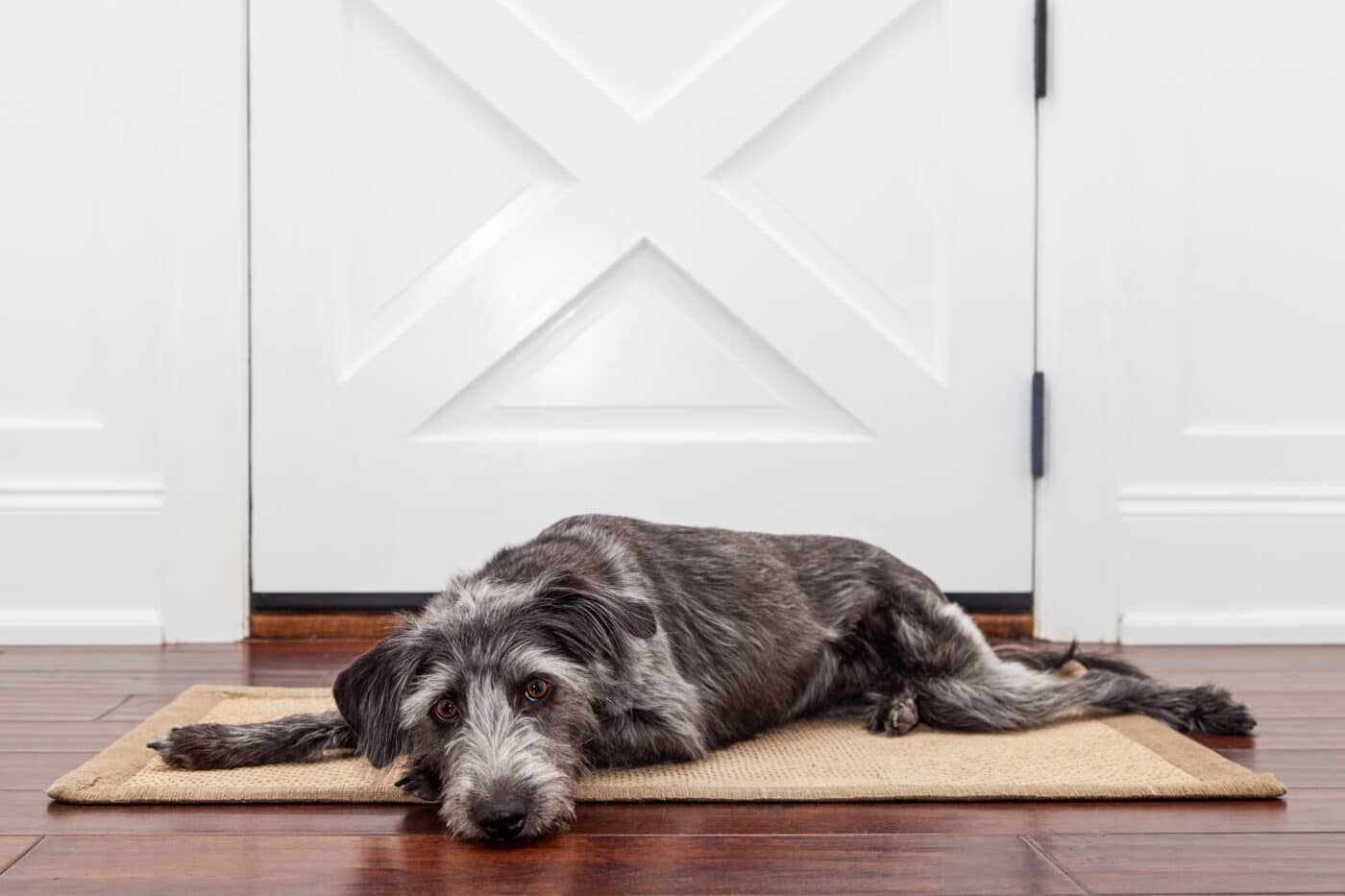 Shutterstock
Shutterstock
Understanding why some dogs fear hardwood floors is the first step toward helping them overcome this anxiety. Whether it’s a fear of slipping, sensory overload, or a previous bad experience, there are ways to help dogs feel more comfortable on hardwood surfaces. Adding rugs or traction mats, trimming their nails, and using positive reinforcement to encourage walking on hardwood floors can all make a big difference. With patience and gradual exposure, most dogs can learn to navigate hardwood floors confidently and easily.

 1 month ago
12
1 month ago
12


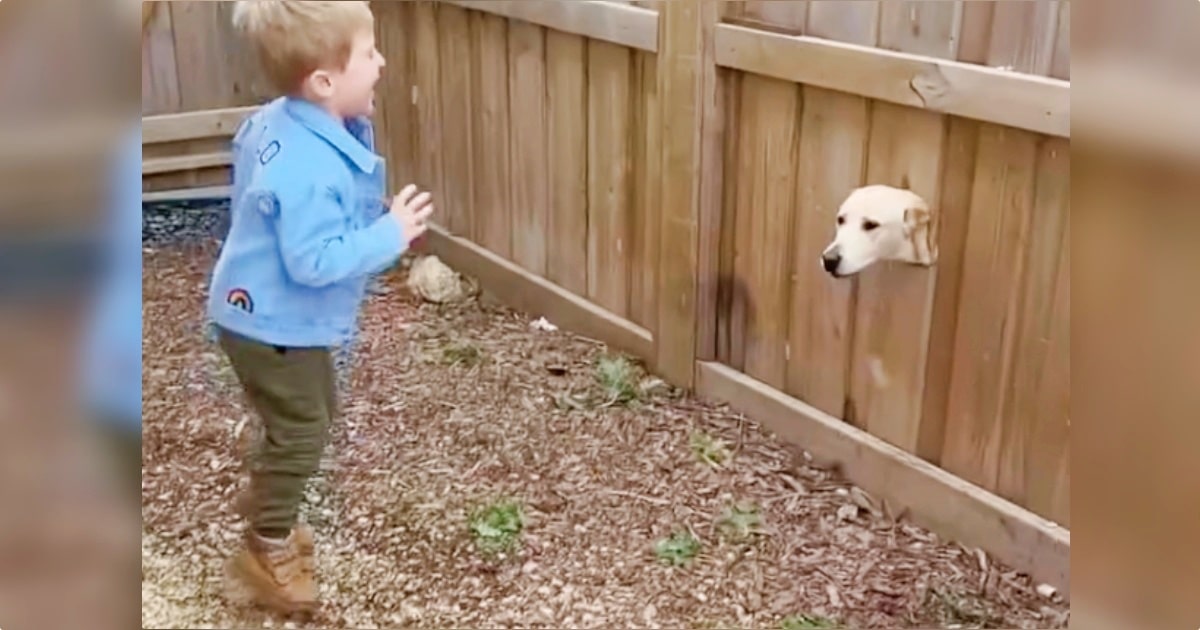









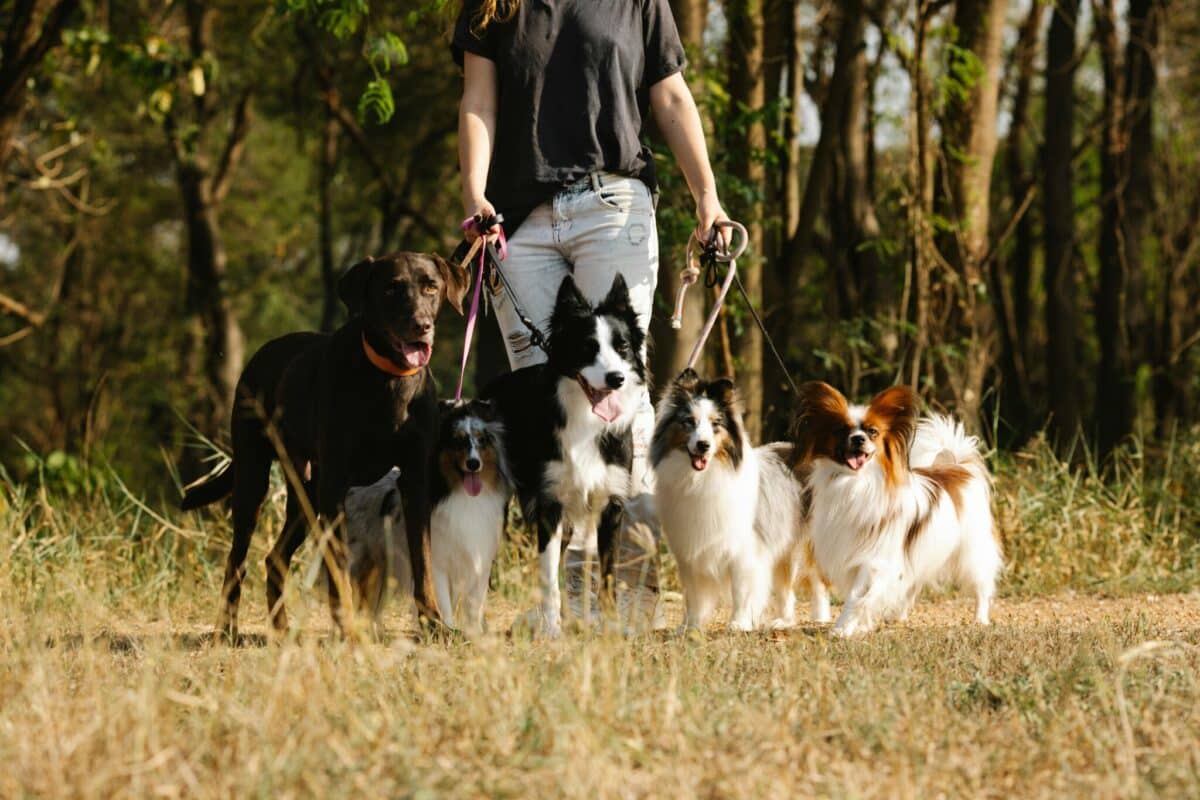




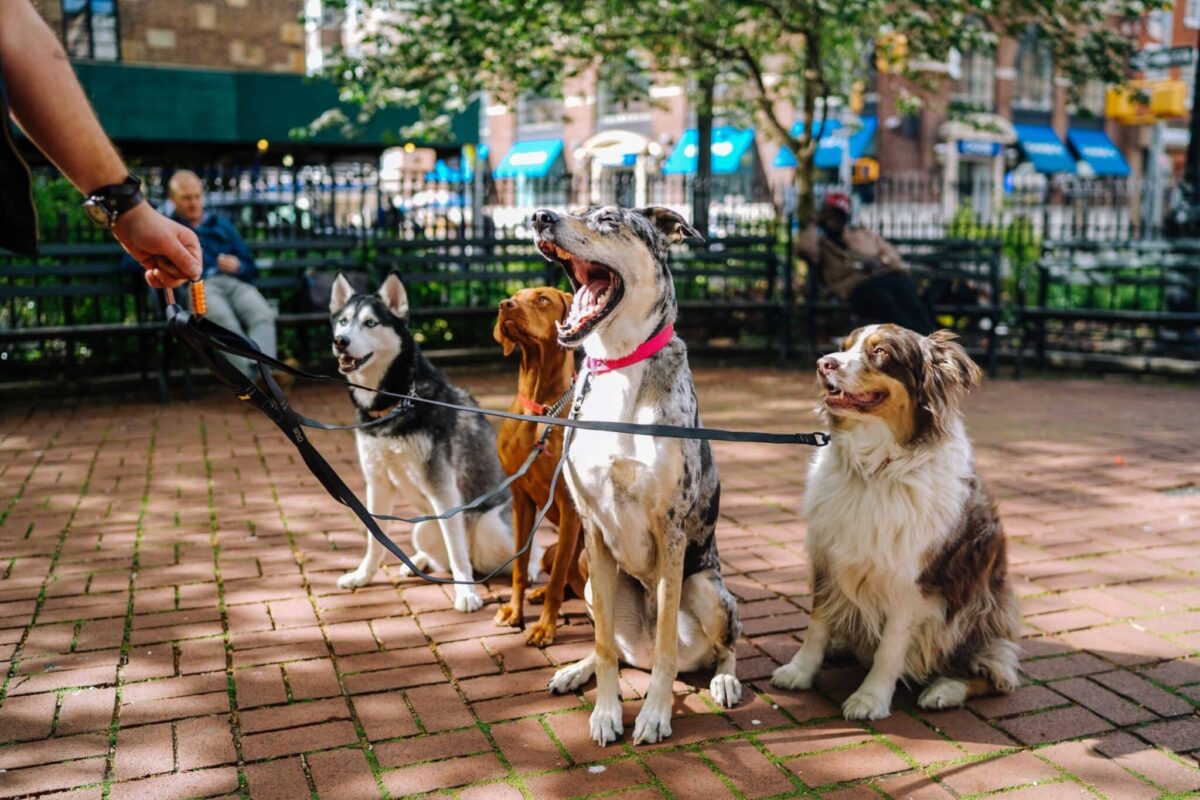
 English (US) ·
English (US) ·